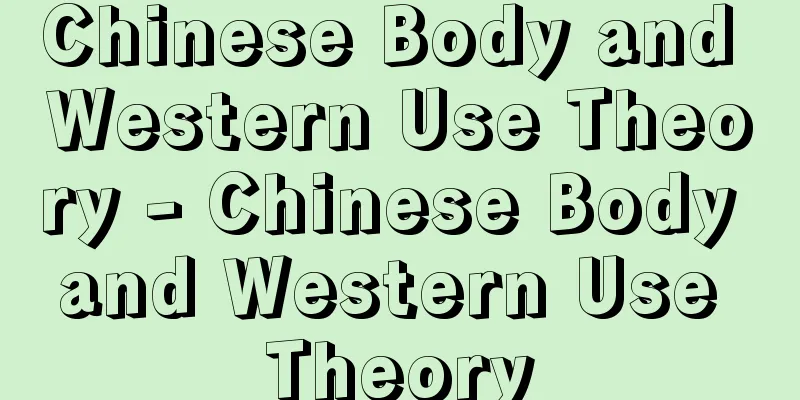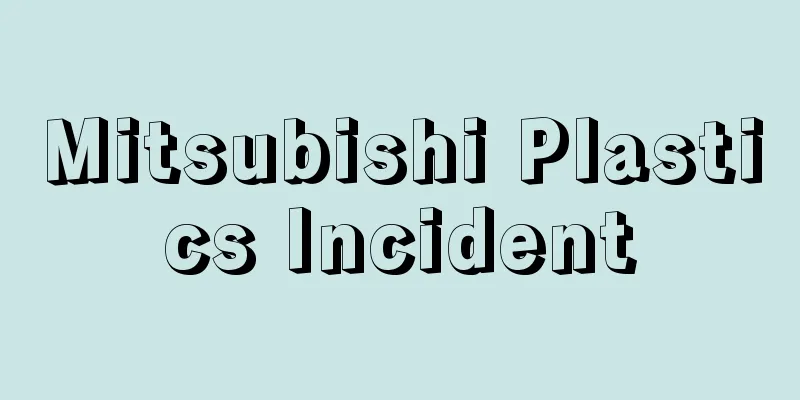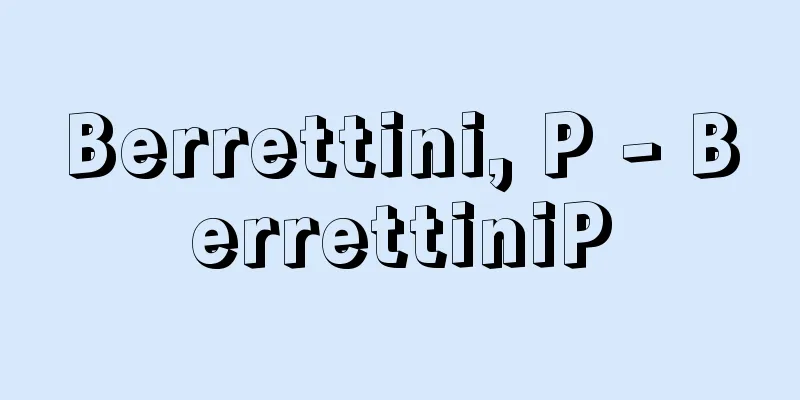Chinese Body and Western Use Theory - Chinese Body and Western Use Theory

|
The basic idea of the Westernization Movement (1860-90) at the end of the Qing Dynasty. Having experienced the overwhelming military power of the West during the Opium Wars, the Arrow War, and the suppression of the Taiping Rebellion, China saw a movement among enlightened bureaucrats and intellectuals to adopt Western civilization in order to enrich the country and strengthen its military (Westernization Movement). In order to rationalize the introduction of Western civilization in response to the strong forces of anti-barbarians and adherence to tradition that persisted at the time, they argued that traditional Chinese civilization was the "body" (essence, fundamental principles) and Western civilization was merely "use" (practical application) (Chinese learning is the body, Western learning is the use), and therefore the introduction of Western civilization would not undermine the Chinese way, but on the contrary, it would help to preserve the lineage of the sages by enriching the country and strengthening its military. This is the so-called theory of Chinese body and Western use. This logic paved the way for the adoption of Western civilization, and later expanded beyond military technology to include reforms to the administrative and educational systems. However, as the movement for civil rights gained prominence, it came to play a role in suppressing this, with the view that the essence of the "middle school" was the way of the emperor and his subject. [Matsuyuki Maruyama] [Reference] |Source: Shogakukan Encyclopedia Nipponica About Encyclopedia Nipponica Information | Legend |
|
清(しん)末の洋務運動(1860~90)の基本思想。アヘン戦争、アロー戦争、太平天国鎮圧の過程で西欧の圧倒的武力を体験した中国では、開明的な官僚や知識人の間に、西洋文明を摂取して富国強兵を図ろうとする動きが起こった(洋務運動)。彼らは、当時根強く残っていた夷狄(いてき)排撃・伝統固守の勢力に対して、西洋文明導入を合理化するために、中華の伝統文明が「体」(本体、根本理念)であり、西洋文明は「用」(実用、応用)にすぎず(中学為体、西学為用)、したがって、これを導入することは中華の道を損なうものではなく、反対にこれによって富国強兵を実現することで聖賢の道統を保持できると主張した。これがいわゆる中体西用論である。この論理は西洋文明摂取に大きく道を開き、のちには軍事技術にとどまらず、行政・教育制度の改革にまで拡大されたが、やがて民権論が台頭してくると、君臣の道こそ「中学」の精髄であるとしてこれを抑圧する役割を担うようになった。 [丸山松幸] [参照項目] |出典 小学館 日本大百科全書(ニッポニカ)日本大百科全書(ニッポニカ)について 情報 | 凡例 |
<<: Casting and forging industry
>>: Bolting (English spelling)
Recommend
Police station - Chuzaisho
A police station is a subordinate organization of...
taun
...Lychee and longan in southern China, rambutan ...
Violent 50 degrees - Violent 50 degrees
...In the Northern Hemisphere, there are many con...
Stadion (English spelling)
An ancient Greek unit of length, equivalent to 600...
Motoharu Kikkawa
Year of death: November 15, 1586 (December 25, 158...
Silkworm tachina fly - Silkworm tachina fly
An insect belonging to the family Tachinidae, sub...
Independence Order - Dokuritsu Meirei
An order is issued independently of law, neither ...
Takaya Castle
A large medieval castle located in Furuichi, Habik...
Aeroport Leonardo Da Vinci di Fiumicino (English name) Aeroport Leonardo Da Vinci di Fiumicino
…There is another airport in the south of Paris, ...
Tail docked
The process of docking the tails of livestock. In ...
Reform of the sect - Shumon atarame
This system was established by the Edo Shogunate u...
Peridinidae
…A general term for protozoa belonging to the fam...
Lesser Kudu (English spelling) Lesser Kudu
...There have been cases of animals living for 23...
Eret, GD - Eret
...And this demand happened to be realized by the...
Kasahoko
…A fancy float that appears at the festival (May ...









